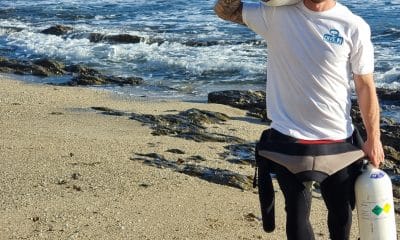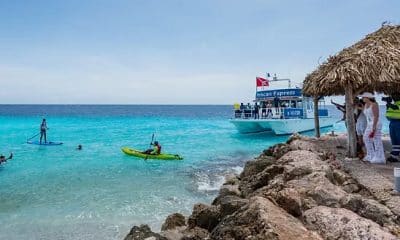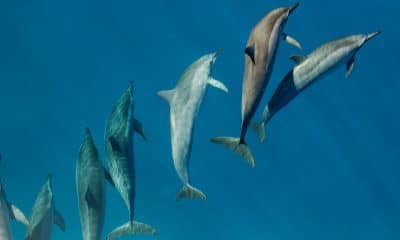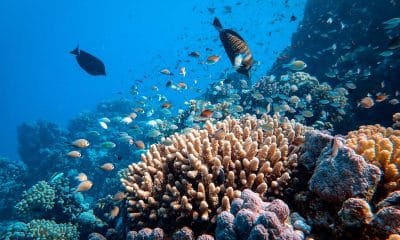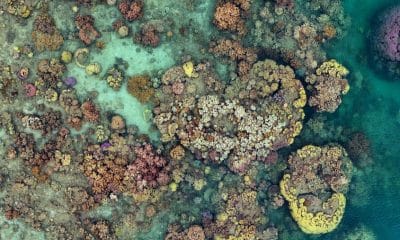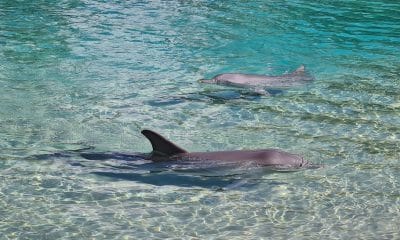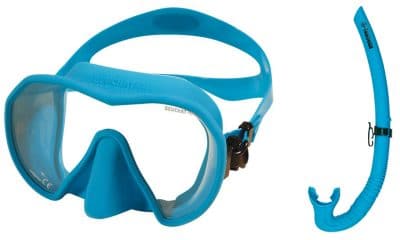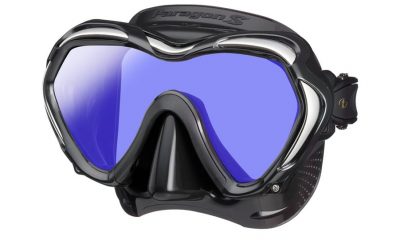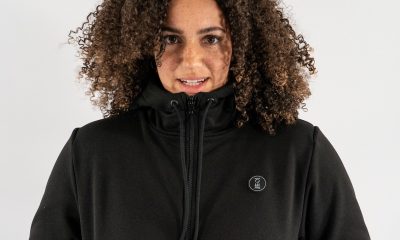Blogs
Champagne and Ice, snorkelling in Iceland
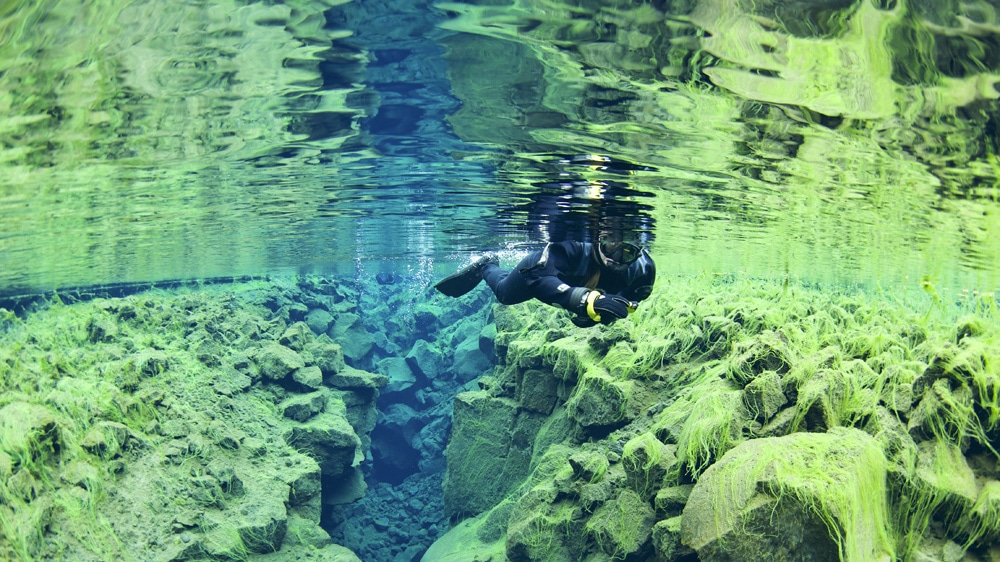
CJ & Mike from Bimble in the Blue discover snorkelling in Iceland
Iceland is a land of adventure with glaciers and volcanoes. You can snorkel in crystal clear icy cold water in the morning and bathe in toasty warm geothermal pools in the afternoon. It is safe to say any trip here will tick off a few things on most people’s bucket lists!
When considering snorkelling in Iceland, most people immediately think of the famous Silfra, a natural freshwater fissure with incredible underwater visibility. Silfra is in Thingvellir National Park which straddles the boundary between North American and European continental plates and is located about 45 minutes drive from the capital city of Reykjavík.
Thingvellir is one of the stops on the Golden Circle Tour, along with Geysir and Gullfoss waterfall, which are all within an easy day trip of Reykjavík. Today we are focused on our snorkel trip with Dive.is. Mike and I will take any opportunity to jump in the water and 3°C temperatures are not going to put us off! Especially as we will be protected from the elements by drysuits and will also be rewarded with a steaming cup of hot chocolate after our exertions!
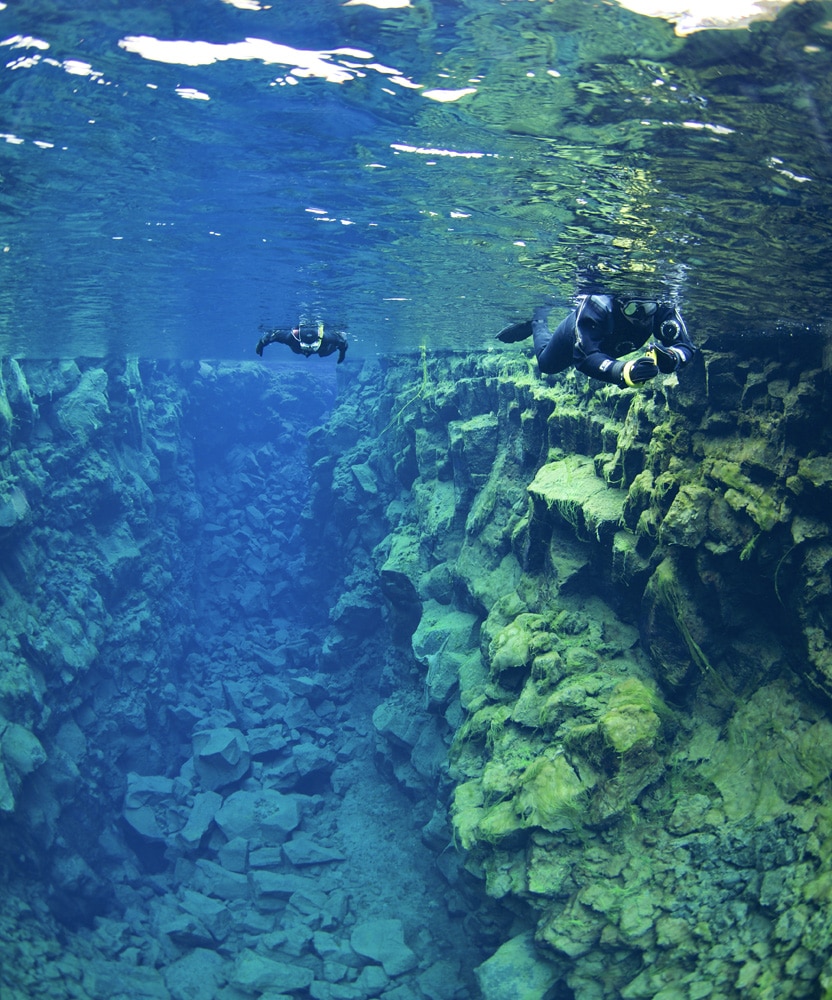
Visitors wishing to snorkel in Silfra must book through a tour operator and be accompanied by a guide for safety and under the rules on the national park. The guides are both knowledgable and are very efficient at getting all the customers into drysuits and ready to go. There is a dedicated car park for dive and snorkel tours, just a short walk to the site. Beside the entry platform is an information board with a handy map of the Silfra fissure where snorkellers are briefed on the upcoming experience.
Having donned our drysuits, neoprene mitts and hoods, masks, snorkels and fins, we’re ready to go!
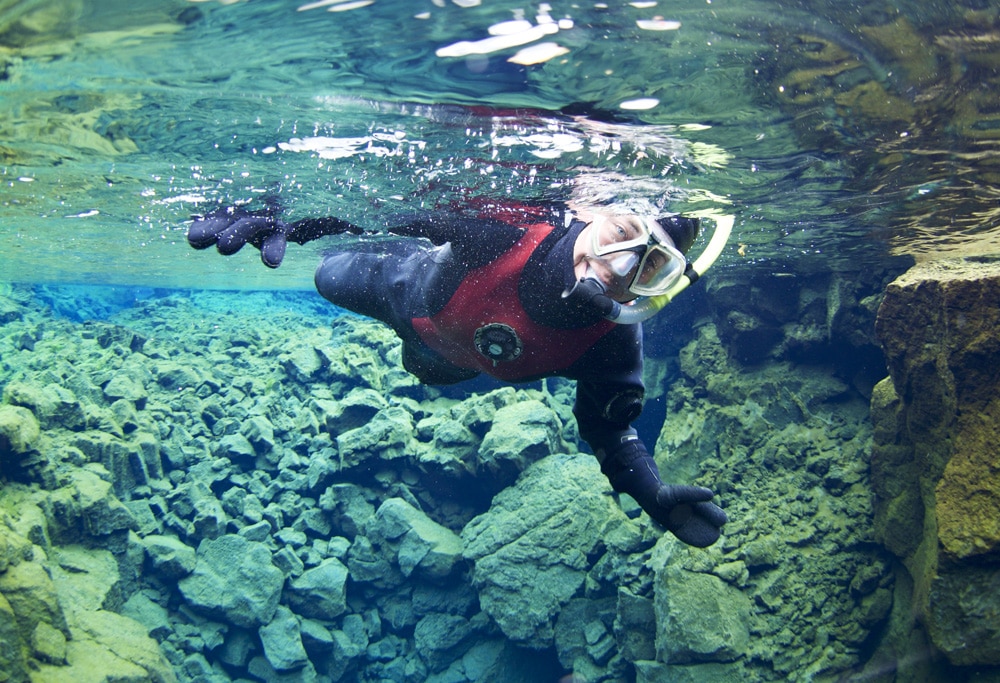
The water in Silfra stays a constant temperature of 3°C making it accessible year round.
The icy water travels from distant glaciers, flowing underground through porous lava rock, and emerges through cracks in the bottom of the fissure. This creates a gentle current that pushes us along on our snorkel.
Having spent the first 30 seconds adapting to the initial shock of the cold on our faces we set off, traveling through the first section of the rocky fissure looking down into the most incredible deep blue water. We soon reach a narrow section where it is possible to touch both sides of the fissure, the North American and European plates! Next comes a fun slither over a shallow section and on into deeper waters again.
The striking topography of the sheer rock walls of “The Cathedral” with light streaming down through the crystal clear water is mesmerising. Popping my head above the surface for a moment, the rocks look like many others we have seen around Iceland, but as soon as my head is in the water, the scene is transformed to one of utter beauty again. I can see Mike’s grin reflecting my own and we take out our snorkels to take a sip of the pure spring water. Where else can you drink the water you are swimming in?
At the end of “The Cathedral” we make a turn, out of the current and swim round against a gentle current into the final section, “The Lagoon”. The lagoon is a shallow area, with brilliant azure water and a white silty bottom. If it wasn’t for my numb hands and lips, I would have thought we were in the tropics. We glide around exploring the lagoon before heading to the exit platform.
We emerge grinning from ear to ear, absolutely awestruck, though we soon discover the wind is doing nothing to warm us up and hurry back to the car park and our waiting hot chocolate and cookies!
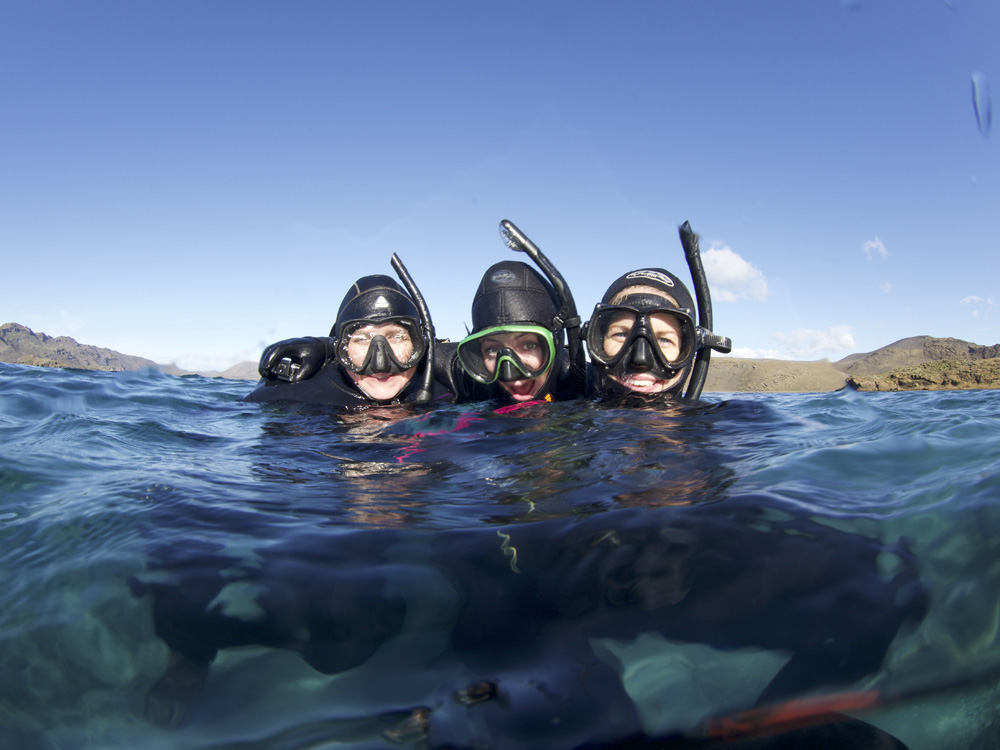
On land Iceland has a huge amount on offer, but Mike and I are not to be distracted from our immersions in water and so joined another snorkel tour. This time to see a geothermal site. Kleifarvatn is a geothermal lake within an hour’s drive of Reykjavík, whose bubbly waters are reminiscent of swimming through champagne!
Though usually hot springs are far too hot to bathe in, Kleifarvatn offers a unique opportunity to snorkel above hot springs safely due to the body of cold water above. Sadly since the waters of Kleifarvatn are not warm, a drysuit is required, but thankfully it is summer and so it will still be significantly warmer than Silfra! The drive takes us from the capital out along the Reykjanes peninsula. Before kitting up we stop off at the nearby Seltún geothermal area, to see the activity on land, before seeing it in water.
We then take a track down onto the black sand beach surrounding the lake and park up in a spot seemingly no different than the rest of the shoreline. Our guide helps us into our suits and once again hands out the snorkelling gear. A short walk to the waters edge and we enter the 8°C water, then follow our intrepid leader out over the black sand beneath. The water here is nowhere near as clear as Silfra but still has decent visibility and we have no issues following our guide into the lake. The water remains quite shallow and except for the odd rock, there is nothing to suggest what is about to appear.
Suddenly I see Mike signalling something of interest ahead, I catch up and see the first crater emitting hundreds of tiny bubbles, creating a curtain of effervescence. The release of the gas causes the black sand to dance beneath us and stretching out a hand you can feel the warmth coming up from below. There is also a constant low rumble under the water, a reminder of the powerful forces at work deep below us.
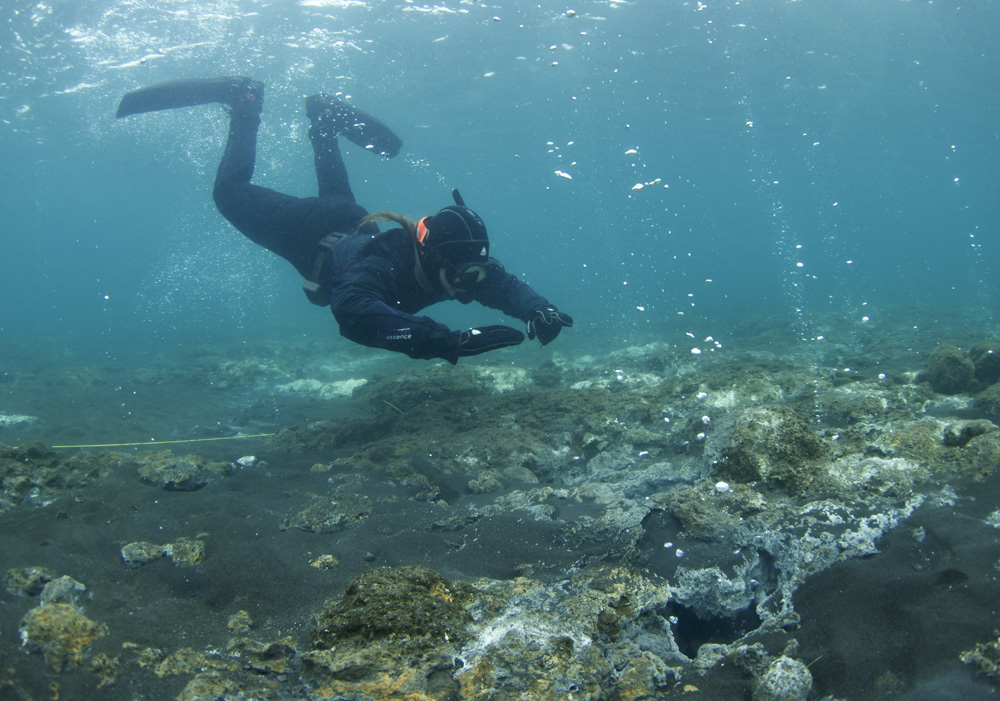
OLYMPUS DIGITAL CAMERA
The Kleifarvatn snorkelling site is fairly compact, with several craters dotted around about 50meters from shore, but Mike and I spend a happy hour floating in and out of the bubble streams and taking photos with our friends in the aptly described “champagne waters”. Afterward we enjoy the obligatory and very welcome hot chocolate and biscuits, plus a nice hot cup of soup before heading back to the city.
I really cannot do justice to the experience of swimming through gin-clear glacial water between tectonic plates and seeing hues of blue I didn’t know existed or snorkelling in a champagne glass of bubbles, above geothermal craters driven by heat from magma just below the earth. These places are simply incredible and Iceland seems to be a land full of such awe inspiring sights. Pretty much wherever you choose to go here and however long you have to spend we are certain you will wish for more time and be planning a return trip even before you have left the airport!
Blogs
The Suit Ocean Team leads the Ultimate Curacao Snorkeling Adventure
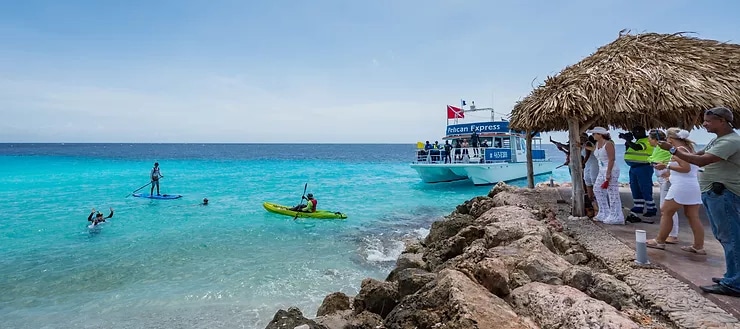
As passionate residents of our Dutch Caribbean Island, we must congratulate The Suit Ocean Team for creating more awareness about the importance of protecting our beautiful fringing reef systems in Curacao.
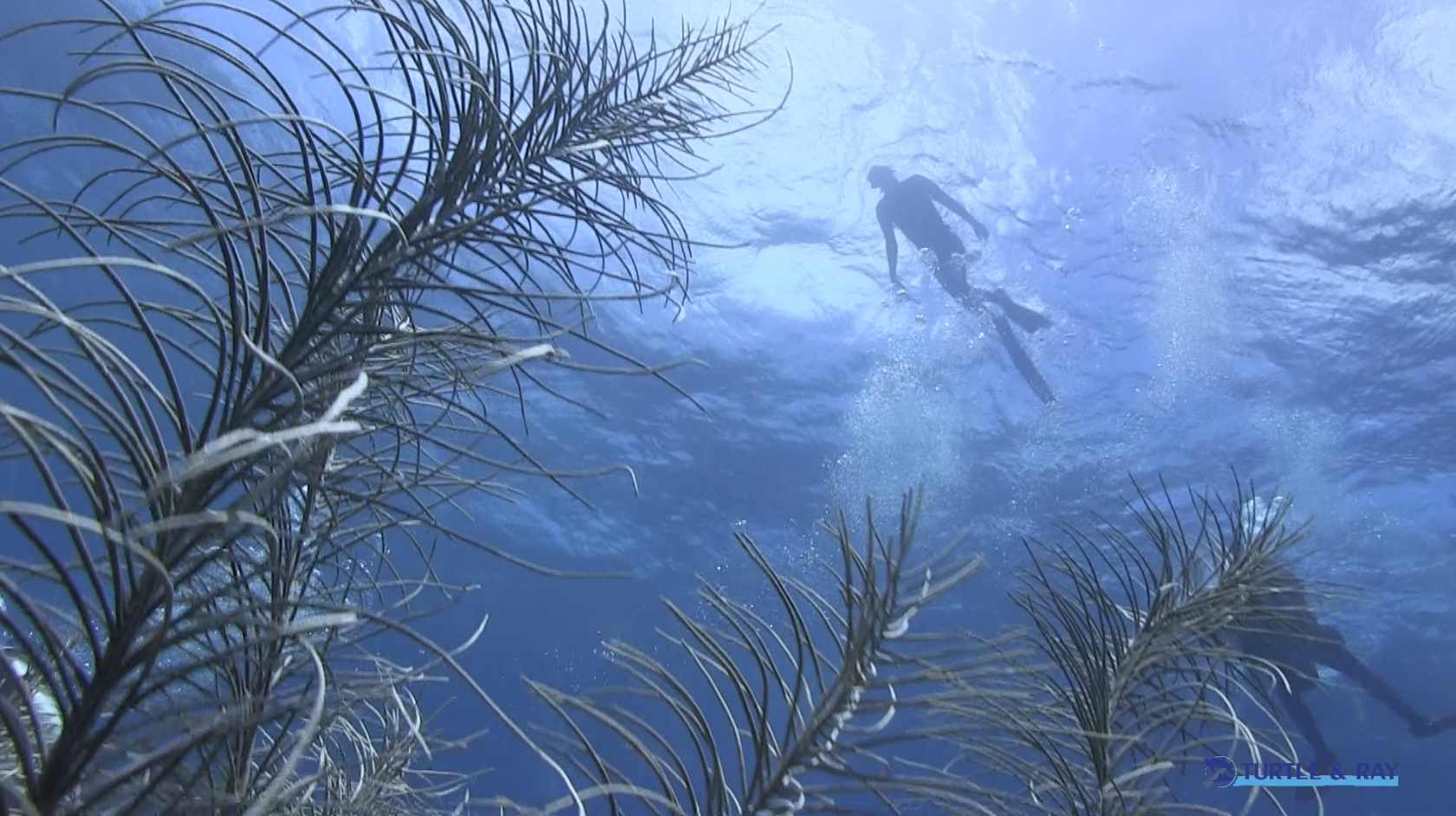
The film, Curacao Underwater Kunuku (Kunuku is Papiamento for Garden), not only documents this ultimate snorkeling adventure showing you how easy it is for everyone to access and enjoy a snorkel or diving experience, but it also showcases the interaction between man and nature, highlighting the beauty of underwater life while promoting conservation, preservation and the need to protect these vital habitats.
These are the key ingredients to this beautiful short film documentary. Watch NOW and please enjoy our “CURACAO UNDERWATER KUNUKU”.
This film, produced by the Lawrence Mensa Foundation (LMF), is also available in multiple languages including: Spanish, Papiamentu, Dutch, Portuguese and German.
Blogs
8 Unique Places to Go Snorkeling in Europe
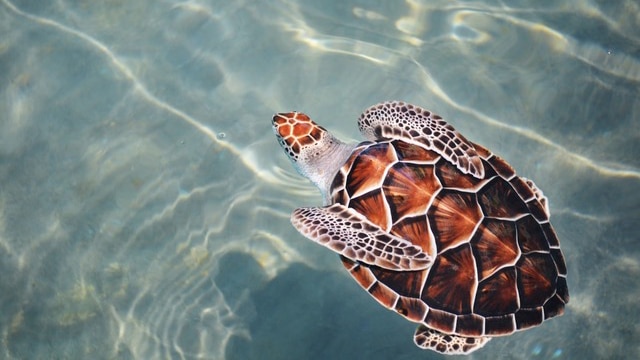
Snorkeling in Europe brings to mind golden sands dotted with beach umbrellas, clear waters, and rocky landscapes busy with Mediterranean fish life. Europe offers all of that, but it also offers so much more for snorkelers. Among Europe’s diverse countries, you can find impossibly bright blue lagoons, idyllic islands, and pristine marine reserves that host thousands of sea turtles and playful seals. You can snorkel over a sunken Roman city and explore one of the world’s premier marine megafauna hotspots. Ready for a summer vacation? Get inspired with our round-up of 8 unique places to go snorkeling in Europe.
Comino, Malta
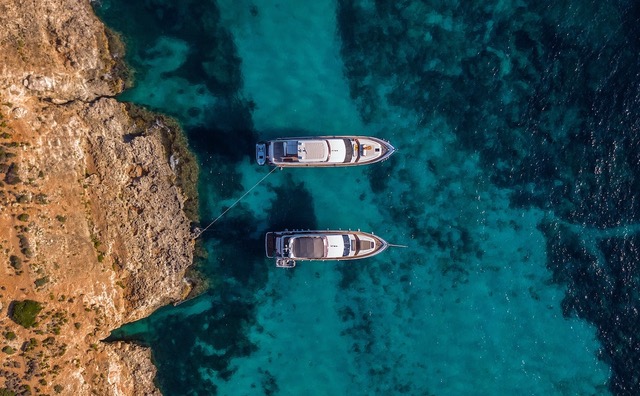
Sitting between the islands of Malta and Gozo, Comino Island is a paradise for snorkelers and divers alike. This tiny island hosts the brightest blue waters in the Maltese Islands and offers fantastic snorkeling among sheltered inlets and caves busy with diverse marine life.
Comino is best-known for hosting the Blue Lagoon; a bucket-list destination with crystal-clear waters and striking rocky landscapes. It is the perfect place to go snorkeling, take a hike, or simply marvel at the gorgeous scenery.
Medes Islands, Spain.
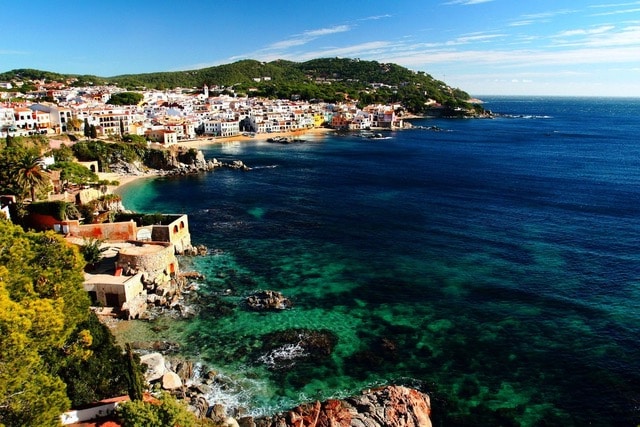
With over 500 dive sites and seaside destinations all along its coastline, Spain draws tourists from around the world. This vibrant country is one of Europe’s top vacation spots.
The Costa Brava in northeastern Spain is home to some of the most famous snorkeling spots in the country, one of which is the Medes Islands. This small archipelago of seven islets off L’Estartit is one of the best marine reserves in all of the Mediterranean.
Fishing was banned at the Medes Islands over 30 years ago, which has allowed marine life to flourish there. Seagrass meadows and rocky areas busy with fish await. A visit to this exceptional marine ecosystem is a must if you are visiting Spain.
Zakynthos, Greece.
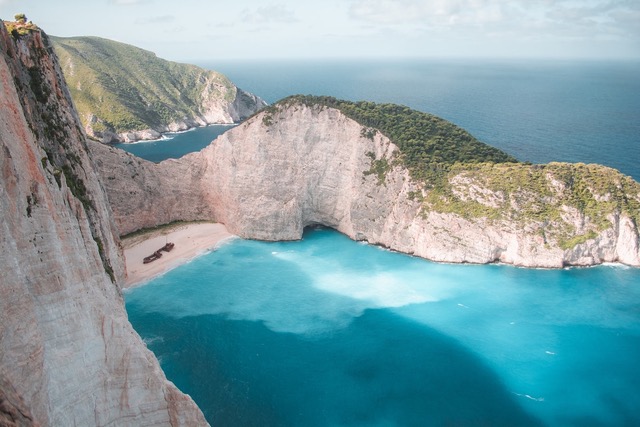
If you love sea turtles, Greece should be top of your list of places to go snorkeling in Europe.
Zakynthos is home to Marathonisi Island, also known as ‘Turtle Island’. This small island sits within the National Marine Park of Zakynthos and is a vital breeding ground for loggerhead sea turtles. The National Marine Park of Zakynthos was created in 1999 to protect these turtles, plus rare Mediterranean monk seals, which give birth to their young in Zakynthos’s secluded caves.
Marathonisi, nearby Cameo Island, and Zakynthos, are the top places in Europe to swim with turtles. In the summer months, thousands of loggerhead turtles visit the area to lay their eggs and you can go snorkeling with them.
Lundy Island, United Kingdom.
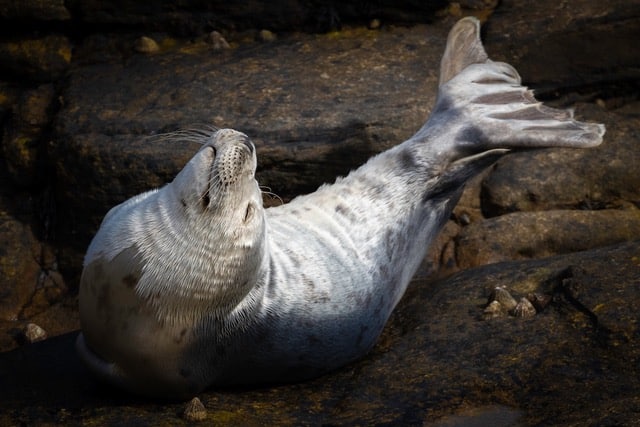
Snorkeling with seals is bound to leave a smile on your face. These cheeky animals are known for getting up close to snorkelers, checking them out, and occasionally nibbling fins.
Lundy Island is one of the best places to go snorkeling with seals in Europe. This island sits just 12 miles off the coast of Devon and hosts a breeding colony of Atlantic grey seals. The seals can be found playing in the surf and lounging in the sunshine at various points around the island.
Grab your snorkeling kit and dive in. Below the water, you will find shallow sunlit kelp forests, a variety of reefs, sea caves, and pinnacles. Lundy is a popular place for diving, but you will see plenty of marine life from the surface, including bright cup corals, anemones, fish, and hopefully seals.
Sunken City of Baiae, Italy
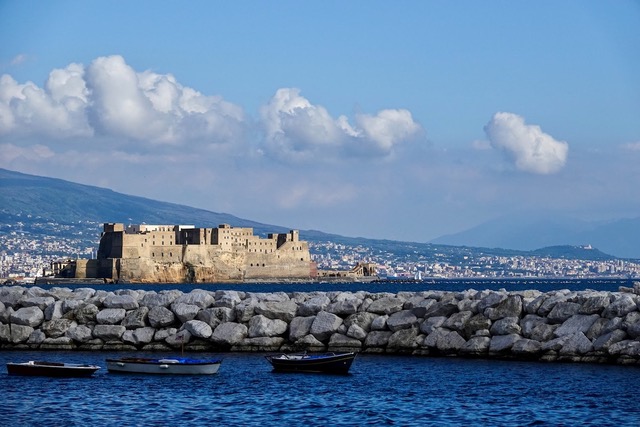
Not every great snorkeling experience is about marine life. In Italy, you can snorkel over ancient Roman ruins.
Two thousand years ago, Baiae was the destination for rich Romans to escape the city and relax by the seaside. Countless emperors and merchants flocked to Baiae’s shores every year, until tectonic activity forced this thriving city underwater.
Today, Baiae is an intact underwater city and one of the top highlights of snorkeling and diving in Italy. Observing these ruins is a breath-taking experience that brings history to life. There are Roman statues, a thermal spa, paved roads, and pillars dating back to the 1st century BC.
Corsica, France
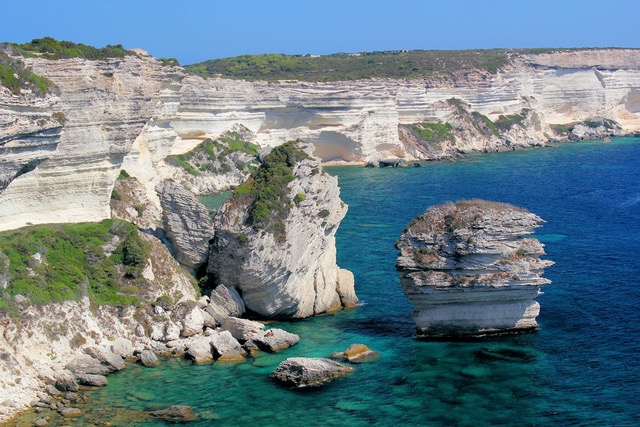
Corsica is renowned for its crystal-clear waters and shallow bays perfect for snorkeling with your kids.
This gorgeous island in the Mediterranean Sea boasts dramatic cliffs and white-sand beaches that hosts a wealth of accessible snorkeling spots. There are rich seagrass beds and rocky landscapes, plus small hidden coves dotted around the island. All of which host a diverse array of marine life, including huge schools of fish, octopi, moray eels, and starfish.
Corsica’s calm waters make it ideal not just for kids, but also for beginner snorkelers and those who want an easy time in the water. With water temperatures reaching up to 26 °C, plus water visibility of up to 30 meters, Corsica ticks the boxes for a laidback beach and snorkeling vacation.
Traun River, Austria
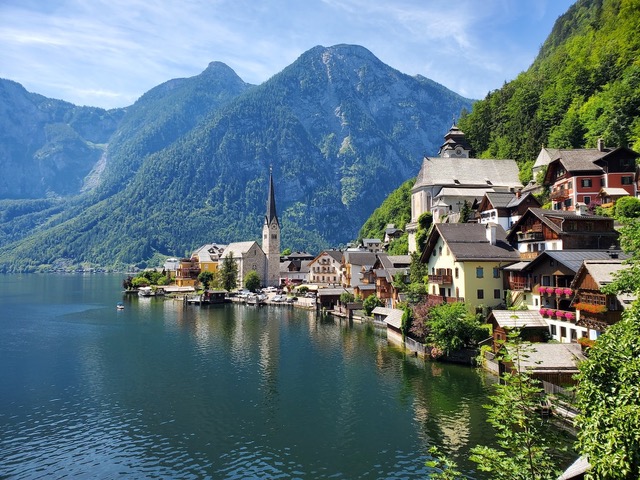
You might not think of Austria for snorkeling, but this land of iconic mountains and lush green landscapes has pristine lakes that attract divers and snorkelers every year. Away from the lakes, you can go snorkeling in spring-fed rivers that gleam in the sunshine.
Forget about floating on the surface when you go river snorkeling. At the Traun River in Upper Austria, river snorkeling involves rock jumping, canyoning, and some relaxed floating downstream. Along the way, you can explore interesting rock formations, underwater caves, and a waterfall, and meet freshwater fish life. This is also an excellent spot to go drift diving.
The Azores, Portugal
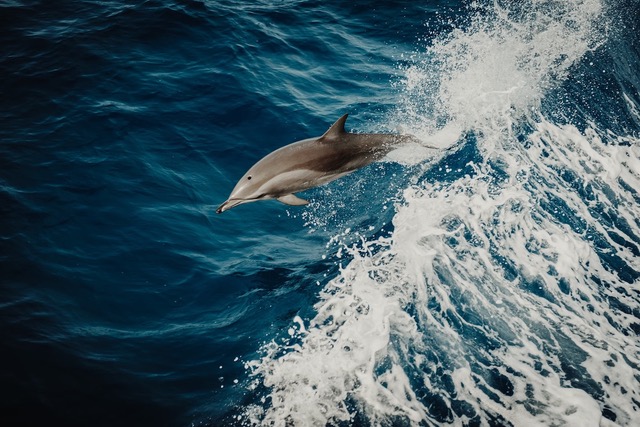
Sitting in the middle of the Atlantic Ocean and surrounded by endless blue waters, the Azores is a mecca for marine megafauna.
These famous islands host a remarkable amount of marine life, including more than 27 whale and dolphin species, mobula rays, and sharks. Snorkeling at the Azores is a great way to experience this wealth of life. You can swim with dolphins and snorkel among dozens of mobula rays and big pelagic fish.
And if you have a scuba certification, you can also go diving with mako and blue sharks. With water visibility reaching up to 60 meters, the Azores is incredible whichever way you choose to explore.
Kathryn Curzon, a conservationist and dive travel writer for SSI (Scuba Schools International), wrote this article.



